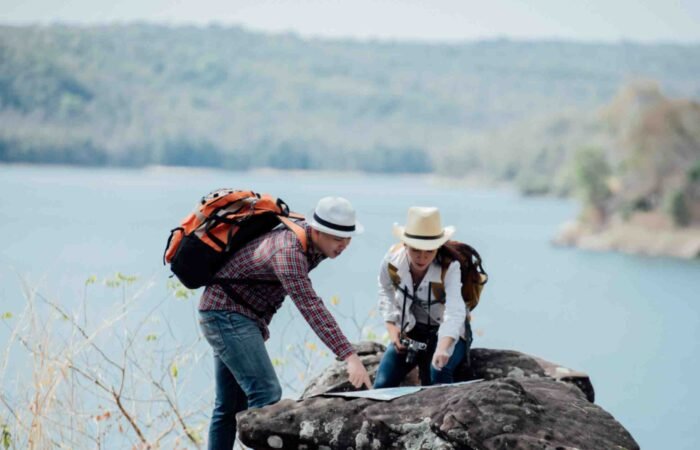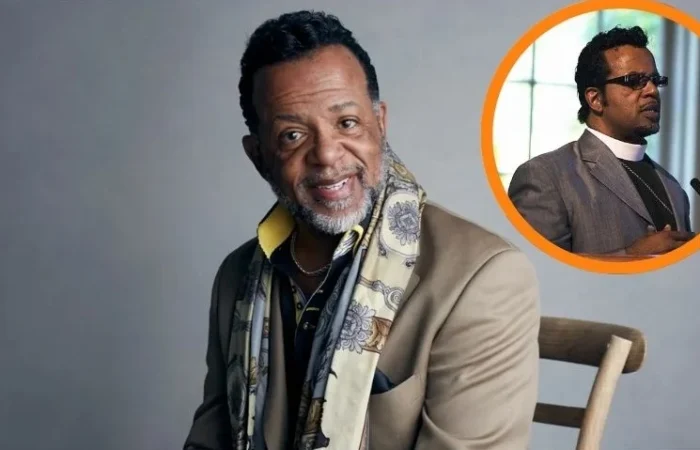Travel photography is more than just snapping pictures – it’s about capturing the essence of a place, preserving memories, and telling stories through your lens. Whether you’re a seasoned pro or an amateur shutterbug, the ability to take stunning travel photos can elevate your journey and transport your viewers to far-off destinations with a single click.
Key Takeaways
- Understanding your camera settings and modes is crucial for capturing breathtaking travel photos.
- Mastering composition techniques like the rule of thirds, leading lines, and framing can elevate your travel photography.
- Taking advantage of the golden hour, blue hour, and natural light can create stunning effects in your travel photos.
- Basic and advanced editing techniques, along with the right software, can enhance your travel photos and bring out their best.
- Continuous practice, experimentation, and storytelling are key to improving your travel photography skills.
Engaging Opening Paragraph: Let’s face it – we’ve all been there. You’re on an incredible adventure, surrounded by breathtaking landscapes or immersed in a vibrant local culture, and you whip out your camera to capture the moment. But when you look back at the photos, they just don’t seem to do justice to the incredible experience you had. Don’t worry, you’re not alone! Taking amazing travel photos that truly capture the essence of a place is an art form, but it’s one that can be mastered with the right knowledge and practice.
Understanding Your Camera
- Know Your Camera: Before you can start snapping those jaw-dropping travel shots, you need to get acquainted with your camera. It’s like having a fancy sports car – if you don’t know how to operate it properly, you’re not going to get the most out of its capabilities.
- Camera Settings for Travel Photography: Different travel photography scenarios call for different camera settings. For example, when shooting landscapes, you’ll want to use a smaller aperture (larger f-stop number) to ensure a deep depth of field. On the other hand, for portraits or low-light situations, a wider aperture (smaller f-stop number) can help you capture more light and create that dreamy bokeh effect.
Composition for Travel Photography
While having a fancy camera is great, it’s the composition that truly sets stunning travel photos apart from the rest. Here are a few composition techniques to keep in mind:
- Rule of Thirds: This tried-and-true principle suggests dividing your frame into nine equal parts by using two horizontal and two vertical lines. By placing your subject along these lines or at their intersections, you can create more visually appealing and balanced shots.
- Leading Lines: Whether it’s a winding road, a fence, or even a line of people, leading lines can draw the viewer’s eye straight into the heart of your composition, adding depth and interest to your travel photos.
- Framing: Look for natural frames within your scene, such as doorways, arches, or even tree branches. Framing your subject can help isolate it and create a more compelling focal point in your travel photos.
Lighting for Travel Photography
Lighting is the secret sauce that can take your travel photos from drab to fab. Here’s how to make the most of it:
- Golden Hour: Photographers often refer to the first and last hours of sunlight as the “golden hour” because of the warm, golden hues that bathe the scenery. This magical light can add depth and drama to your travel photos, so try to plan your shoots around these times.
- Blue Hour: Just before sunrise and after sunset, the sky takes on a deep blue hue, creating a moody and atmospheric look in your travel photos. This is a great time to capture cityscapes or landscapes with dramatic silhouettes.
- Natural Light: While golden and blue hours are prime times for shooting, don’t discount the power of natural light throughout the day. Look for shaded areas or use reflectors to bounce light onto your subject, creating soft, flattering illumination.
Editing for Travel Photography
Even the most seasoned travel photographers rely on editing to bring out the best in their photos. Here’s a quick rundown on editing for travel photography:
- Basic Editing: Basic editing tasks like cropping, adjusting exposure, and tweaking colors can go a long way in enhancing your travel photos. Don’t be afraid to experiment with different editing styles and find what works best for your personal aesthetic.
- Advanced Editing: For those looking to take their travel photos to the next level, advanced editing techniques like selective adjustments, sky replacements, and even photo blending can create truly stunning results.
- Editing Software: There’s no shortage of editing software options out there, from user-friendly programs like Adobe Lightroom to more advanced tools like Photoshop. Explore different software and find the one that suits your editing needs and skill level.
| Editing Technique | Description |
|---|---|
| Cropping | Removing unwanted elements from the frame |
| Exposure Adjustment | Brightening or darkening the image |
| Color Correction | Adjusting the white balance and color tones |
| Selective Adjustments | Making localized edits to specific areas of the image |
| Sky Replacements | Swapping out the sky for a more dramatic one |
| Photo Blending | Combining multiple exposures or elements into a single image |
Additional Tips for Taking Amazing Travel Photos
- Practice: The old adage “practice makes perfect” rings true for travel photography. The more you shoot, the more you’ll develop an eye for composition, lighting, and other elements that make for stunning travel photos.
- Experimentation: Don’t be afraid to step out of your comfort zone and try new techniques or perspectives. Some of the most captivating travel photos are created when photographers think outside the box.
- Storytelling: Travel photos shouldn’t just be pretty pictures – they should tell a story. Whether it’s capturing the essence of a local culture, the raw beauty of a landscape, or the excitement of an adventure, strive to create images that evoke emotion and transport viewers to that moment.
Conclusion
Taking amazing travel photos is a journey in itself, one that requires patience, practice, and a willingness to learn and experiment. But with the right knowledge and techniques, you can elevate your travel photography skills and create images that truly capture the essence of your adventures.
Remember, mastering your camera settings, nailing composition, and understanding lighting are just the foundations. It’s the continuous practice, experimentation, and storytelling that will truly set your travel photos apart. So, grab your camera, embrace the adventure, and get ready to capture memories that will last a lifetime!
Don’t be discouraged if your travel photos don’t turn out as you envisioned at first. Like any skill, travel photography takes time and dedication to master. Treat each outing as a learning experience, and don’t be afraid to ask for feedback from fellow photographers or even seek out workshops or online courses to hone your craft.








No Comment! Be the first one.